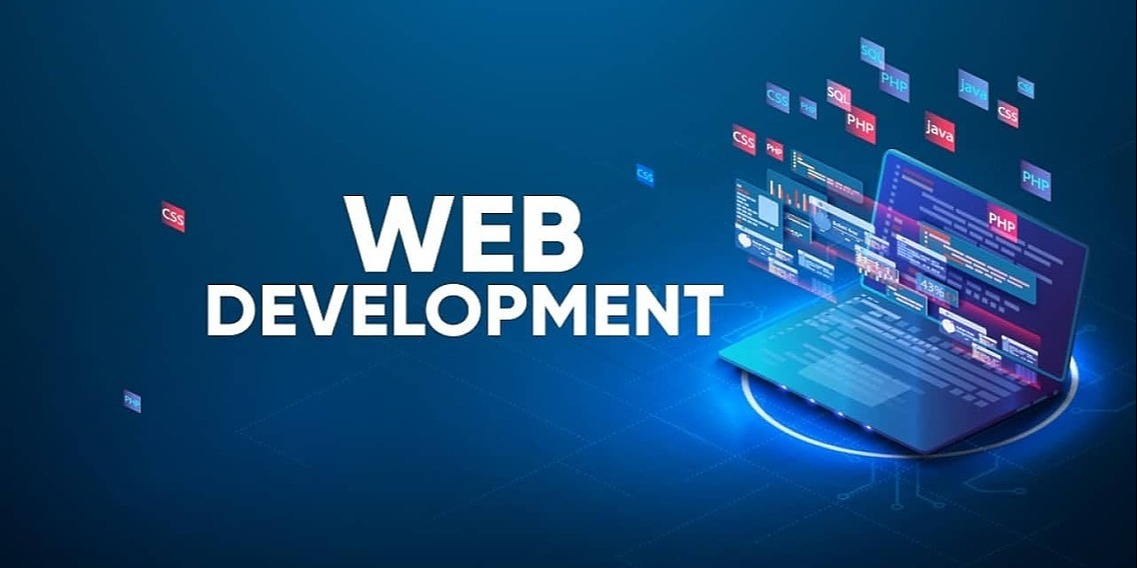
Website Development Process: Full Guide in 10 Steps
Developing a website is a complex process that involves multiple stages, each requiring careful planning and execution. Whether you're creating a personal blog, a business website, or an e-commerce platform, following a structured process ensures the final product meets your goals and user expectations. Here's a comprehensive guide to the website development process in 10 steps.
1. Planning and Research
Understanding Your Goals
Before you start designing or coding, it's crucial to define the purpose of your website. Are you looking to inform, entertain, sell products, or provide a service? Understanding your goals will guide the entire development process.
Target Audience
Identify your target audience. Knowing who will use your website helps tailor the content, design, and functionality to meet their needs and preferences.
Competitor Analysis
Analyze competitors' websites to identify what works and what doesn't. This can provide insights into industry standards and help you find ways to differentiate your site.
2. Project Scope Definition
Requirements Gathering
Gather all the functional and non-functional requirements. This includes the features you want (e.g., contact forms, user registration) and performance criteria (e.g., load times, responsiveness).
Scope Document
Create a scope document that outlines the project's objectives, deliverables, timelines, and responsibilities. This helps manage expectations and provides a reference point throughout the project.
3. Design and Wireframing
Wireframes
Start with wireframes to outline the basic structure and layout of your website. Wireframes are simple sketches that show the placement of elements on each page.
Prototypes
Develop prototypes to visualize how the final website will look and function. Tools like Adobe XD, Sketch, or Figma are great for creating interactive prototypes.
User Experience (UX) Design
Focus on UX to ensure your website is intuitive and easy to navigate. Consider user flows, accessibility, and the overall user journey.
4. Content Creation
Content Strategy
Develop a content strategy that aligns with your goals and target audience. Decide on the types of content you need (e.g., text, images, videos) and how it will be structured.
Writing and Editing
Create high-quality, engaging content that provides value to your visitors. Ensure it is SEO-friendly to improve your site's visibility on search engines.
5. Visual Design
Branding
Ensure your website's design reflects your brand identity. This includes using consistent colors, fonts, and imagery that align with your brand guidelines.
Visual Elements
Design visual elements such as logos, icons, and images. Use design tools like Photoshop or Illustrator to create or edit these elements.
Mockups
Create detailed mockups of your website's pages. These should be as close to the final design as possible, showing colors, typography, and imagery.
6. Development
Front-End Development
Convert your designs into code using HTML, CSS, and JavaScript. Focus on creating a responsive design that works well on all devices.
Back-End Development
Develop the server-side functionality of your website. This includes setting up databases, server logic, and integrations with other systems.
Content Management System (CMS)
Choose and configure a CMS if your website requires one. Popular options include WordPress, Joomla, and Drupal.
7. Testing
Functionality Testing
Test all website features to ensure they work as intended. This includes forms, links, and interactive elements.
Usability Testing
Conduct usability testing with real users to identify any issues with navigation or user experience. Make necessary adjustments based on feedback.
Performance Testing
Check your website's load times and performance across different devices and browsers. Tools like Google PageSpeed Insights can help identify areas for improvement.
8. Launch Preparation
Final Review
Perform a final review of the website to ensure everything is in place and working correctly. Check for any last-minute issues or changes.
SEO and Analytics Setup
Implement SEO best practices and set up analytics tools (like Google Analytics) to track your website's performance.
Backup and Security
Ensure you have a backup of your website and implement security measures to protect against threats.
9. Deployment
Go Live
Deploy your website to your live server. This involves moving your site from a development environment to a production environment.
Post-Launch Testing
After the site is live, conduct another round of testing to ensure everything is working correctly in the live environment.
10. Maintenance and Updates
Regular Updates
Keep your website updated with fresh content and new features. Regular updates help maintain user engagement and improve SEO.
Monitoring and Analytics
Continuously monitor your website's performance using analytics tools. Track user behavior, site traffic, and other key metrics to identify areas for improvement.
Security Maintenance
Regularly update your website's software and plugins to protect against security vulnerabilities. Perform routine security audits to ensure your site remains secure.
Conclusion
Developing a website is a detailed and multifaceted process, but following these 10 steps can help ensure a smooth and successful project. By carefully planning, designing, developing, and maintaining your site, you can create a valuable online presence that meets your goals and serves your users effectively. Whether you're working on your first website or looking to improve an existing one, this guide provides a solid foundation for a successful website development company in Faridabad journey.